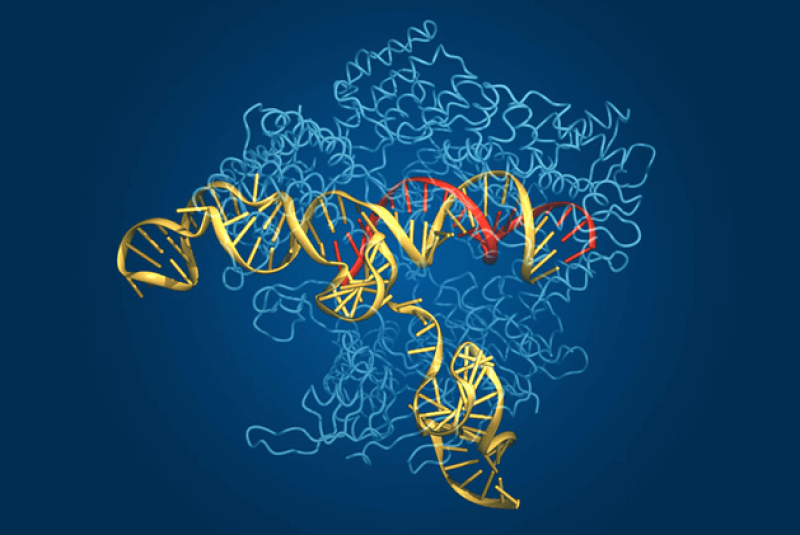The GLP aggregated and excerpted this blog/article to reflect the diversity of news, opinion and analysis.
While the 150 experts…were upbeat about the possibility of using genome-editing to treat and even cure sickle cell disease, leukemia, HIV/AIDS, and other blood disorders, there was…an emerging concern that some enthusiastic CRISPR-ers are ignoring growing evidence that CRISPR might inadvertently alter regions of the genome other than the intended ones.
[Algorithms for CRISPR] really aren’t very good at predicting where there will be off-target effects,” [Dr. J. Keith Joung] said. “We think we can get off-target effects to less than 1 percent, but we need to do better,” especially if genome-editing is to be safely used to treat patients.…
When scientists assure regulators that they looked for off-target effects in CRISPR’d cells growing in lab dishes, what they usually mean is that they looked for CRISPR’ing of genes that the algorithms flagged.
As a result, off-target effects might be occurring but, because scientists are doing the equivalent of the drunk searching for their lost keys only under the lamppost, they’re not being found.
Read full, original post: Do CRISPR enthusiasts have their head in the sand about the safety of gene editing?































